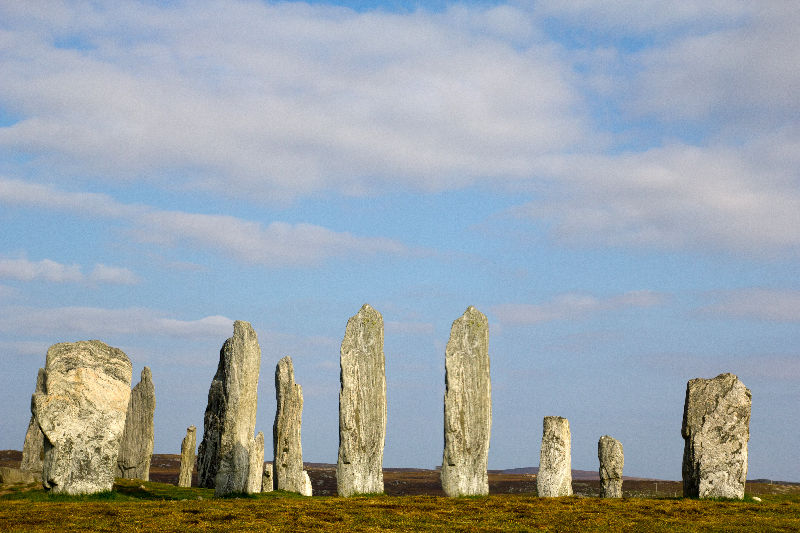About cloning
The clone source
The Clone Brush Tool copies pixels from one part of an image (or layer) to another. The tool uses a source (shown as a '+' cursor) to clone from; this moves in relation to the tool's cursor (shown as an 'o' cursor) with its position being able to be redefined as you clone from different areas.


The clone source can be one of the following context toolbar options:
- Current Layer—pixels on the selected layer only.
- Current Layer & Below—pixels on the currently selected layer and any visible layers beneath (including vector objects and the effects produced by adjustment layers).
- Layers Beneath—pixels on any visible layer beneath the currently selected layer (including those from any vector objects and the effects produced by any visible adjustment layers).
- Global—pixels previously sampled by cloning in from one or more other documents (pixel layer only).
Global source
You can define a global source in a secondary open document and paint the sampled pixels into your working document by selecting the clone source option 'Global'. The Sources panel stores all your global sources; you can then select any stored global source and clone from it. Any new documents can make use of the panel's global sources.

